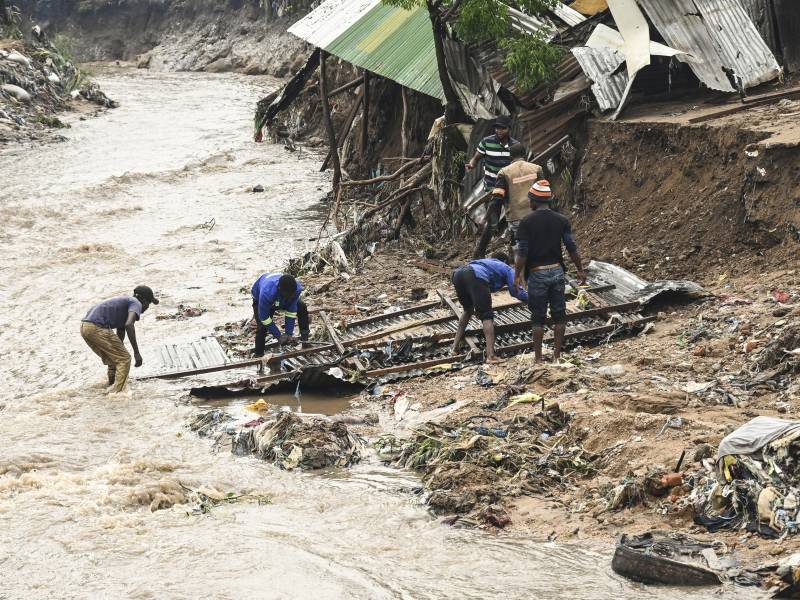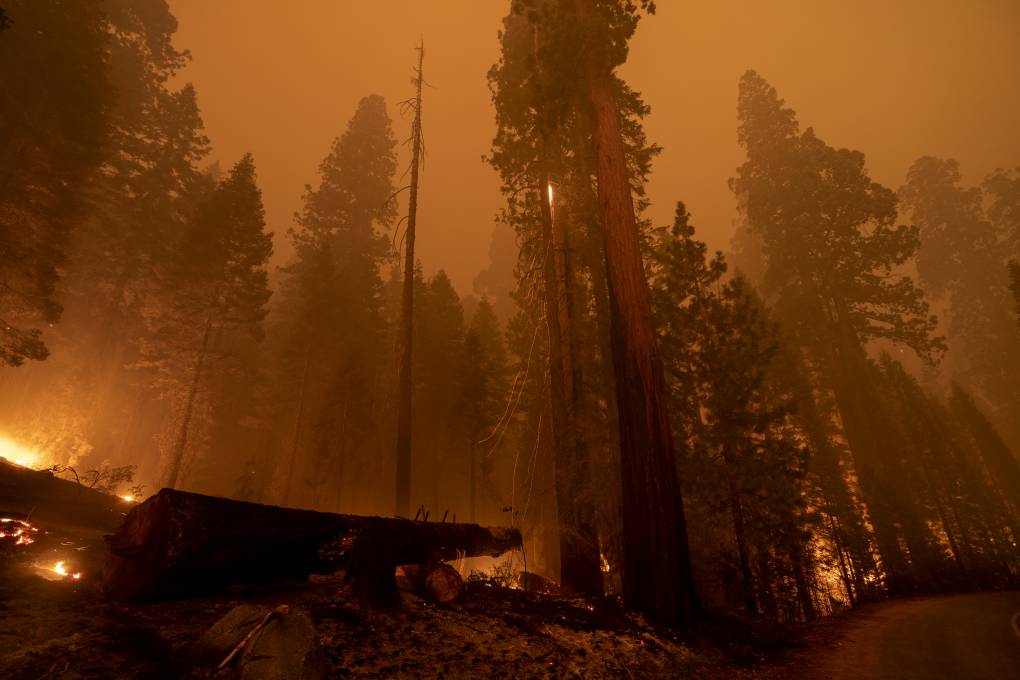Those choices include straightforward, immediate solutions such as quickly adopting renewable sources of electricity and clamping down on new oil and gas extraction. They are also more aspirational ones, such as investing in research that could one day allow technology to suck carbon dioxide out of the air.
The authors of the report are not prescriptive. No solution is held up as the “right” one. Instead, scientists warn that there is no time, and no reason, to delay action on climate change. And every potential path forward includes reducing reliance on fossil fuels, the main driver of climate change.
The Earth is really hot and getting hotter
The report lays out sobering facts about the state of the Earth’s climate.
The planet is nearly 2 degrees Fahrenheit warmer than it was in the late 1800s, and is on track to exceed 5 degrees Fahrenheit of warming by the end of the century, it warns.
That kind of extreme warming would spell disaster for billions of people, as well as critical ecosystems, and would lead to irreversible sea level rise and mass extinction of plants and animals.
But it is still possible to change course, the report states. If humans can limit warming to no more than 2.7 degrees Fahrenheit (1.5 degrees Celsius), some of the more catastrophic effects of climate change can be avoided. Sea levels would rise a lot less. Heat waves and storms would be less deadly. And many ecosystems on land and in the oceans would be more able to adapt or recover.
To achieve that goal, global emissions would need to be slashed in half by the end of the decade, something the report authors say is still possible if countries around the world quickly pivot away from fossil fuels. Right now, total global emissions are not falling.
A cheat sheet for world leaders to tackle climate change
Over the last two years, hundreds of scientists working for the U.N.’s Intergovernmental Panel on Climate Change (IPCC) have published three sprawling reports that highlighted the disproportionate effects of climate change on poor people, the need to cut emissions rapidly and the policy options available for doing so. Each of those documents ran hundreds of pages long.
This latest report is the slim summary of all that work: a cheat-sheet for policymakers who face increasing pressure to address global warming.
The timing of its publication coincides with an important deadline under the 2015 Paris Agreement, which aims to keep warming to less than 2 degrees Celsius (3.6 degrees Fahrenheit), and ideally to 1.5 degrees Celsius. The Paris Agreement requires countries to review their progress toward that goal at climate negotiations later this year in the United Arab Emirates.
The hope is that the new report will serve as a shared scientific foundation for those negotiations, as well as a menu of solutions available to world leaders.
“When we talk about climate change it’s often really easy to focus on the bad outcomes, the things that are really scary,” says Solomon Hsiang, a climate scientist at the University of California, Berkeley who has worked with the IPCC.


9(MDAxOTAwOTE4MDEyMTkxMDAzNjczZDljZA004))